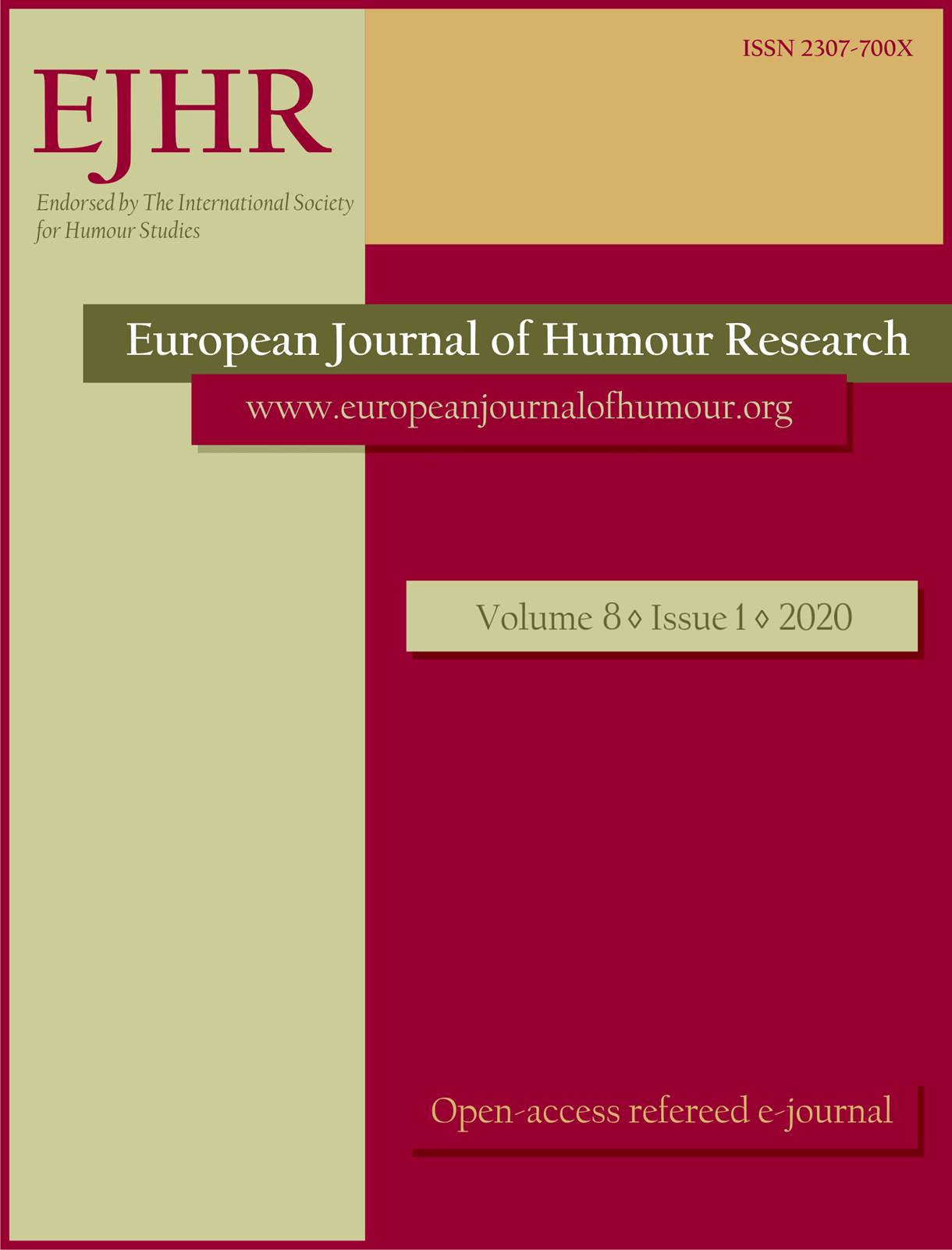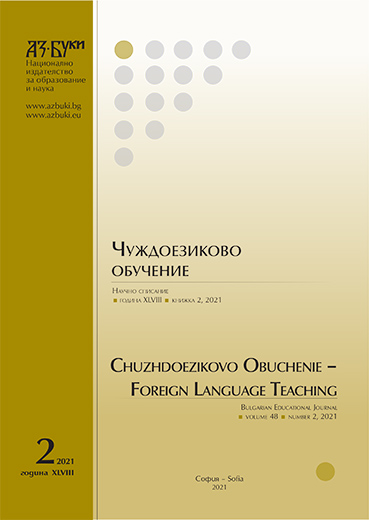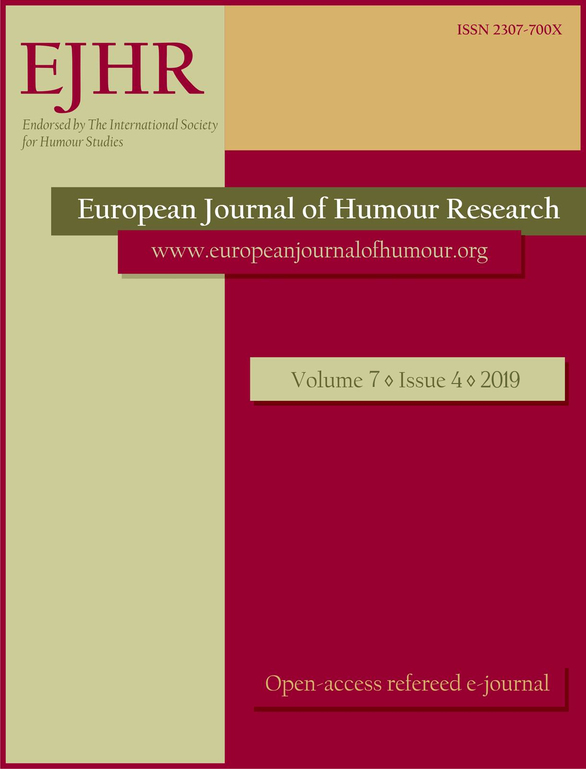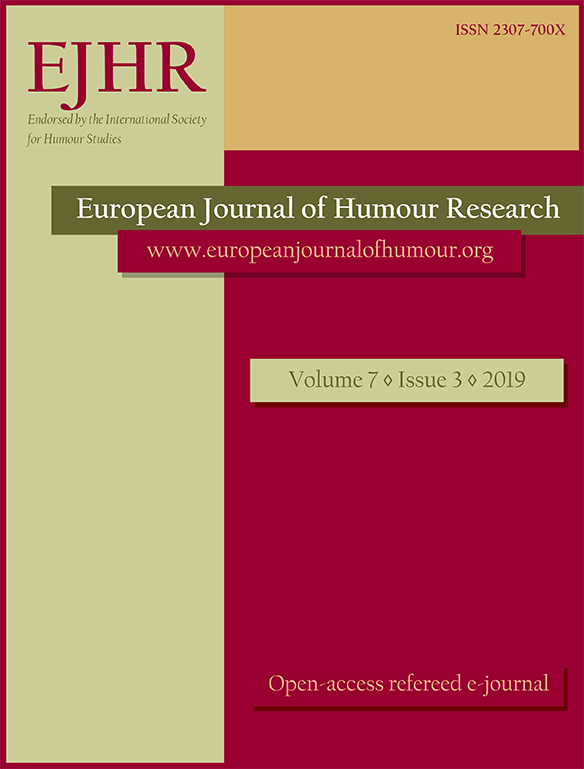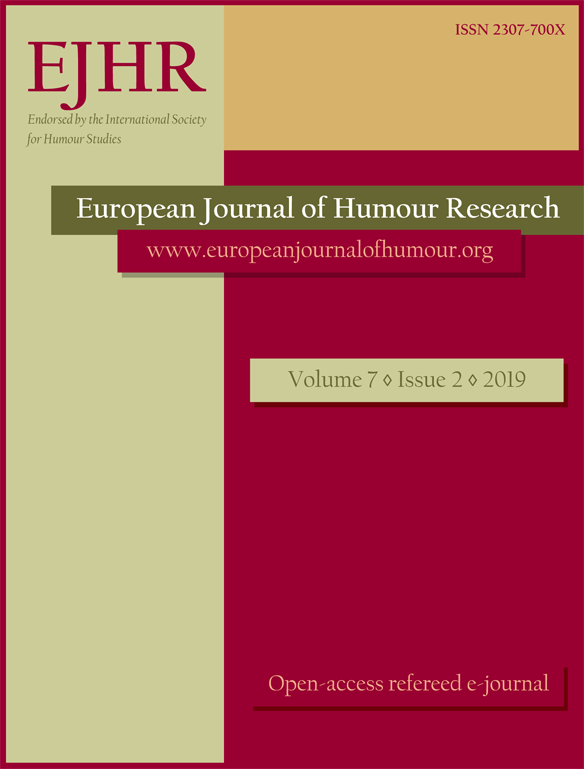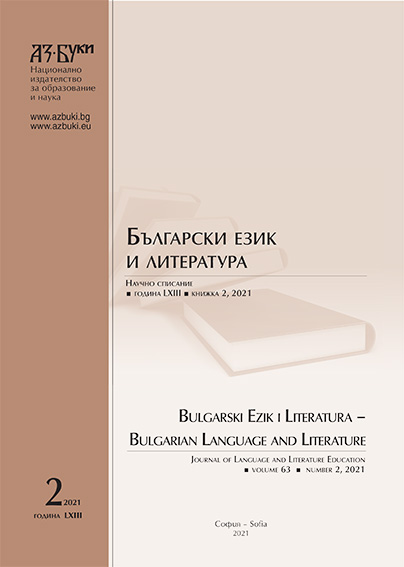
Приложение на съвременните технологии при оценка на степента на усвояване на междуезиковия трансфер на темпоралните форми (български и английски език)
The present study demonstrates the application of modern methods for analysis of acquired knowledge of interlingual transfer at grammatical and semantic level of the temporal systems in indicative mood in modern Bulgarian, English and Spanish. The basic experiment, conducted for the first time in Bulgarian linguistics, consists of two parts and aims to check in a comparative way the degree of acquisition of the temporal categories in English and Spanish by native Bulgarian students. The experiment consists of contrastive examples in declarative affirmative sentences, which illustrate their use. The analysis of the results of the acquired knowledge of transfer from a native to a foreign language is a basis for refining the work of the teacher in the field of grammar.
More...
